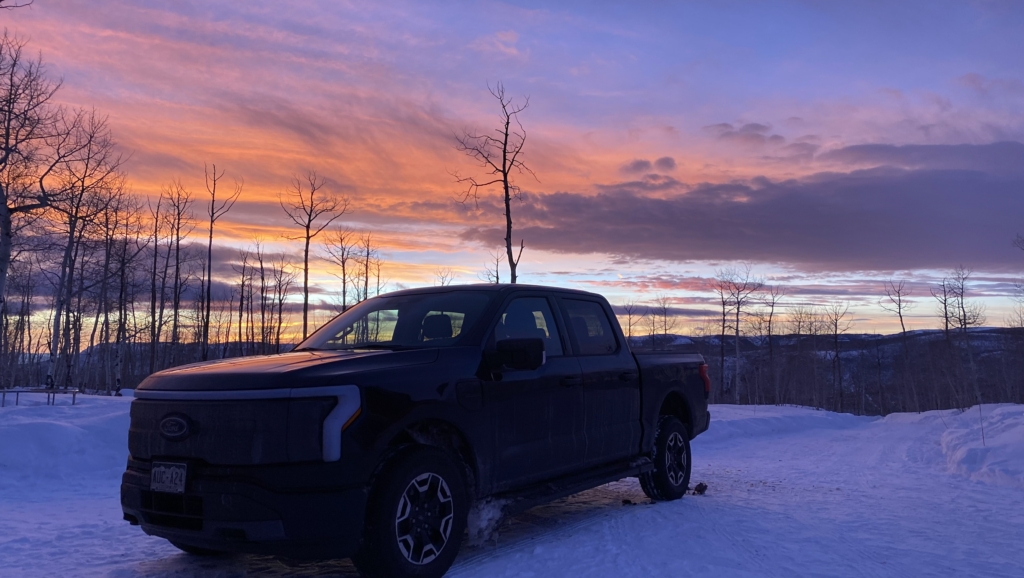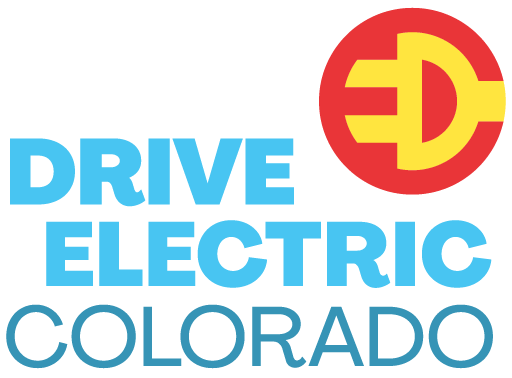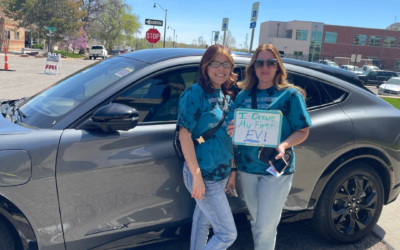Winter Driving in an EV?
What should I know switching from my gas vehicle?
My name is Ben Westby and I am a Volunteer EV coach representing the Western Slope region. I live in the region known as the Flattops, at about 9,000 ft elevation north of Glenwood and Rifle. As of this writing, I’ve received about 190” of snowfall at my house this season, which has made driving very…exciting to say the least. Having nearly five years of EV driving experience and getting behind the seat of nearly every auto manufacturers EV offering, there are a few things I’ve learned to make winter driving successful.
As Coloradans, we know the basics of winter driving: slower speeds, longer braking and following distances, less aggressive acceleration.
These winter tips, of course, are just as necessary for EV drivers. However, EV’s by their design have more torque and more aggressive acceleration than most production gas cars, which means there are a few ways EV owners need to prepare their car for winter driving.
- Pre-conditioning
EV batteries are temperature sensitive; the packs have a thermal system to make sure the batteries are at a minimum temperature. This, and using power to heat the cabin, are the reasons why EV’s do take a hit on range distance in the winter (on average 15%-20% of EPA range). There is a way to mitigate this: Pre-Conditioning. This simply means using the car’s onboard computer to schedule the warming up of the battery and cabin before you leave your home. This maximizes the efficiency of the battery, the heat in your cabin, and your ability to fast charge at peak speeds in colder weather.
- Acceleration Adjustment
Many people find the performance and acceleration of an EV as a primary benefit to making the switch from a gas car. Instant power and torque at the slightest touch of the accelerator pedal. But that same performance can make icy and snowy driving challenging. Most EV’s have driving modes within the onboard computer to adjust driving based on environment. Setting the car to “chill” mode or “snow” mode will electronically limit the rate of acceleration, giving the driver a better advantage at icy conditions.
- Regenerative Braking
Nearly every EV takes advantage of regenerative braking, the absorbing kinetic energy of the car “coasting” and recharging the battery pack. Often this is called “One-Pedal” driving, because releasing the accelerator pedal instantly activates regen braking, thus making the mechanical brake pedal redundant and seldom used. Regen braking can be aggressive, which makes for slippery situations on icy or snowy roads. Vehicles like the Ford F150 Lightning can disable it entirely, allowing you to take complete control of the braking. Some vehicles, like older model Teslas, allow you to limit the regen braking strength, giving you energy back in the pack but not as strongly.
- The Basics
There are some things that are just plain true, no matter what fuel source your car consumes. Tires are always the biggest factor on a successful trip in the winter. Pairing an EV with winter tires will give you the best experience. My Model 3 is rear wheel drive, paired with a set of snow tires, I find it performs better than my gas all wheel drive SUV. Another basic is keeping a winter kit in the car, with reflectors, snacks, hand warmers, and some sand or snow melt. And with EV’s, keep the mobile charging equipment on hand. Even if you plug into a regular 110v outlet at a public place, you can gain a few crucial miles in an hour of charging if stranded on an I‑70 closure.

Winter driving in an EV does not have to be filled with worry or concern. Range is affected, but not nearly to the level of hype that is often found in a Facebook or Twitter rant. Thanks to Colorado Energy Office efforts, nearly every small town in Colorado has at least some level of charging infrastructure, meaning it’s entirely unlikely that you’ll ever be stranded without some sort of charging help. Making the switch from a gas car to an EV during the winter is a small learning curve, but it is small. You’ll quickly learn how your EV operates and find satisfaction that it often performs better than any gas car in inclement weather.
Stay safe and positively charged!





